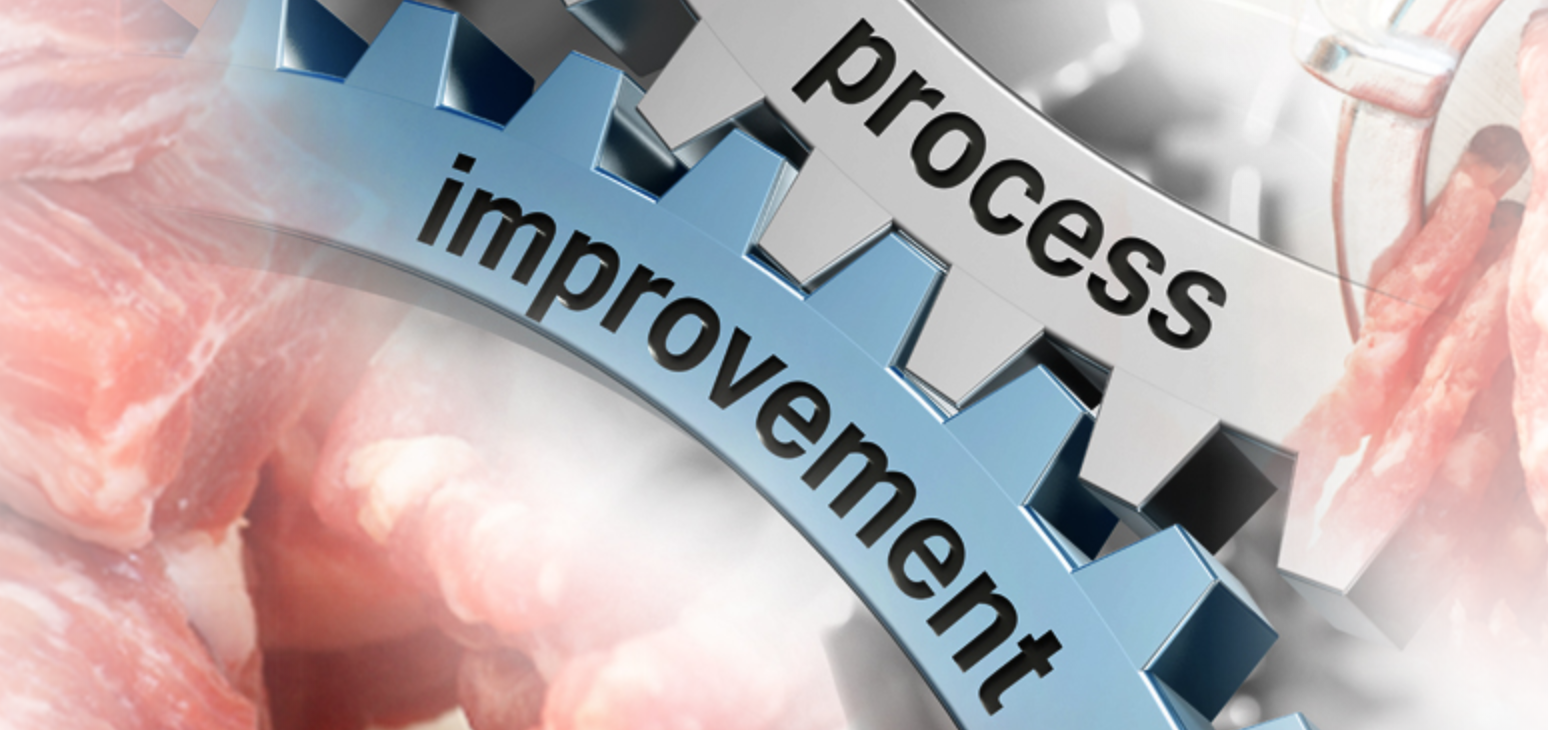To reach their targets – including product specification as well as budgets and profits – meat operations are utilizing advanced x-ray technologies that inspect for contaminants in the earliest stages of production and determine if products regularly meet specifications. Such systems also solve problems by helping identify the reasons for rejections and inconsistencies and providing feedback for improvements.

A stalwart of food production in the U.S. and around the world , the American meat industry is changing with the times. Long invested in food safety, processors continue that commitment while increasing their focus on business and process improvements to deliver safe, high-quality products.
As someone involved in this industry for many years, I’ve seen this evolution firsthand. Slaughterhouses and processors are finessing their operations to make sure that whatever products they are shipping out are contaminant free and meet stringent criteria and specifications set by their customers or their own operations and quality assurance programs.
On the slaughter side, it’s about packaging products to a specification. The processor wants to blend or fabricate an incoming product as efficiently as possible; if a product they receive is too lean or too fat, the process slows down so test and correction steps can be taken. Inspection systems can help slaughterhouses make efficiencies happen. Advanced x-ray systems, including the Eagle FA3 series, with an experienced team of experts help slaughter operations label products based on what is in the container and achieve desired specifications.
On the processing side, fat analysis machines are valuable tools for safety as well as efficiency and quality, inspecting all products for foreign objects like bones or metal without sacrificing lean point analysis. The Eagle machines provide data on inspected product from each supplier and simultaneously help meet accurate recipe targets.
Continual refinements in the FA3 technology have improved detection capability as well as blending and recipe management. At the same time, Eagle’s software, SimulTask™ PRO and TraceServer™, is regularly updated and customizable to meet the needs of individual operators; SimulTask PRO provides on-screen diagnostics, advanced image analysis and quality assurance traceability, while the optional TraceServer software allows for real-time monitoring and storage of information images and reports on a centralized database.
Versatility and multi-functionality in today’s detection systems reflect the efficiency-focused meat industry and provide actionable information. Say, for instance, a customer has a carton line and wants to inspect products with bone-in or boneless beef. Eagle’s system uses barcoded readers to switch between 1,500 different product codes, so the user can determine if a scanned product has a contaminant, a certain lean point or mass and whether or not it is correctly marked as bone-in or boneless. If a carton is rejected, information is relayed to the reject station, where the reject operator scans the carton and addresses the issue. If too many rejects are occurring, the operations lead identifies the root cause and resolves the process or supply chain issue. Reports are sent about each product code, reject information and production efficiency.
That’s just one example. There are many more, with independent evaluations that confirm the efficiency and effectiveness of today’s advanced inspection systems for meat.
The Experimental Station for the Food Preserving Industry (SSICA) in Italy recently tested and recognized the Eagle FA3 system for its ability to assure more precise product management for bulk/raw red meat and to provide greater traceability. This independent assessment shows that technologies are changing and becoming faster, more accurate and results-focused, right along with the industries they serve.



